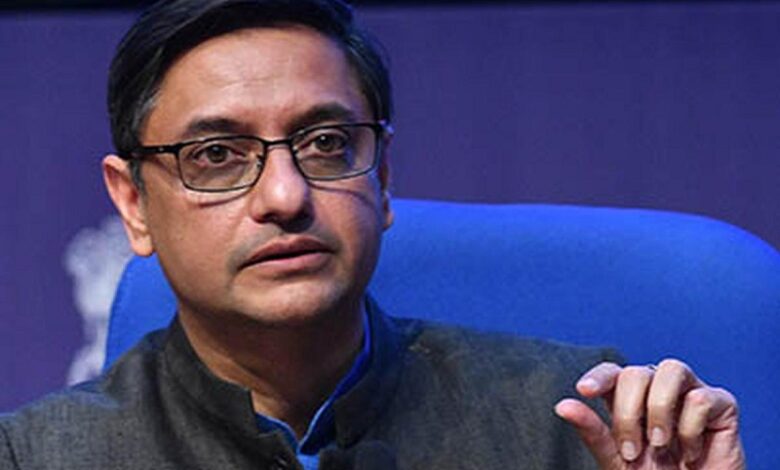Economic Advisory Council Headed By Sanjeev Sanyal: “Rationalise The Number Of Monuments Of National Importance”

In a recent report, the Economic Advisory Council to the Prime Minister (EAC-PM) recommended that the selection criteria for Monuments of National Importance (MNIs) be updated and their number rationalized.
The EAC-PM has noted that the Archaeological Survey of India (ASIinventory )’s of MNIs has grown to an unwieldy 3,695 in a report titled Monuments of National Importance — Urgent Need for Rationalization written by Sanjeev Sanyal.
The paper then makes various criticisms of the current list of monuments as well as the Ancient Monuments and Archaeological Sites and Remains (AMASR) Act of 1958, which administers MNIs, and makes an argument for their rationalization.
First off, once a monument is added to the MNI list, a 100-meter radius around the monument is deemed a forbidden area and development is prohibited there. The economic activity of historical cities like Delhi, which has 173 MNIs, is greatly hampered by this.
The AMASR Act and the National Policy for Conservation (2014) neither define the phrase national importance, leaving the definition of the phrase itself undefined.
Furthermore, the Act doesn’t provide any actual procedures or standards for designating a monument of national significance.
Thus, when the Act was passed, it obliviously added the 2,584 monuments already on the List from colonial administration as well as the 736 monuments added between 1947 and 1958.
There is still no comprehensive database of all 3,695 monuments maintained by ASI, which would include details on each one’s historical importance, geographic location, cultural significance, and archaeological significance.
By-laws for each MNI was meant to be framed by the National Monuments Authority, which was established after the 2010 revision to the AMASR Act, but it has only done so for 126.
In addition, a large number of MNIs on the list themselves have little relevance to their countries, histories, or cultures.
For instance, it has 75 burials or cemeteries dedicated to British military personnel! In order for these individuals’ graves to be kept by an independent, sovereign nation, neither their graves nor the graves themselves have any architectural or historical significance.
Similar to how safeguarding 109 Kos Minars from the Mughal Empire, which are brick or mortar columns that serve as mileposts on Mughal highways, does not necessarily require treating them as national monuments.
The list also includes a number of mobile artifacts that are being treated as monuments, including sculptures, statues, cannons, and more.
The paper makes the case that antiquities should be taken off the list right away since protecting them is difficult and because the ‘prohibited’ area limitations around them impede development.
The discovery that several of these monuments were untraceable is a stranger. After physically verifying 1,655 out of the 3,695 monuments, the Comptroller and Auditor General (CAG) concluded that 92 of the monuments could not be located. This conclusion is cited in the report. Therefore, the actual figures can be substantially higher.
According to the survey, there is a significant geographic imbalance in the distribution of MNIs, with only five states accounting for 60% of listings and historically significant states like Bihar and Kerala having a smaller-than-average representation.
The research also highlights the appallingly low spending on MNIs, with the financial amount for 2019–20 being a pitiful 428 crore, or 11 lakh per monument.
According to the paper, ASI should have certain requirements and steps for declaring MNIs, which would only require an executive order.
Additionally, it requests the transfer of locally significant monuments to governments, as well as the removal of solitary antiquities and untraceable sites from the list.
Additionally, it recommends raising budgetary allotments and realizing the need to leverage other sources of income so that the ASI can receive the money directly.
While the list’s rationalization would raise funding for each monument, a rise in ticket sales, movie production, etc., would enhance care for less well-known but historically significant monuments.
Many locations, including the Raja Raja Chola mausoleum at Udayalur and the Jogeshwari caves in Mumbai, are in ruins.
A basic facility that is currently lacking at many MNIs is the establishment of Cultural Boards at each MNI to inform the public about the historical and cultural relevance of these monuments.
News Mania Desk







